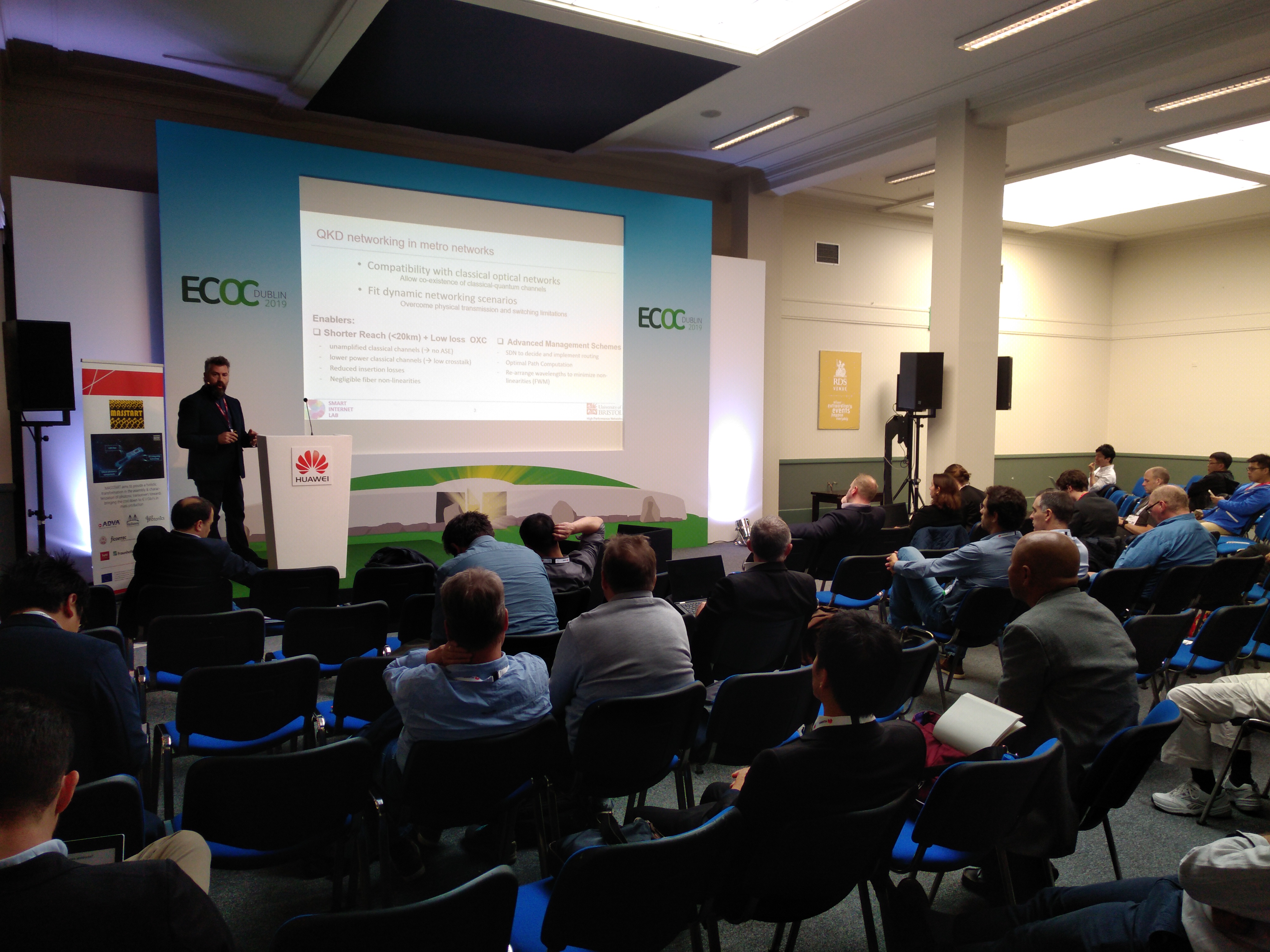
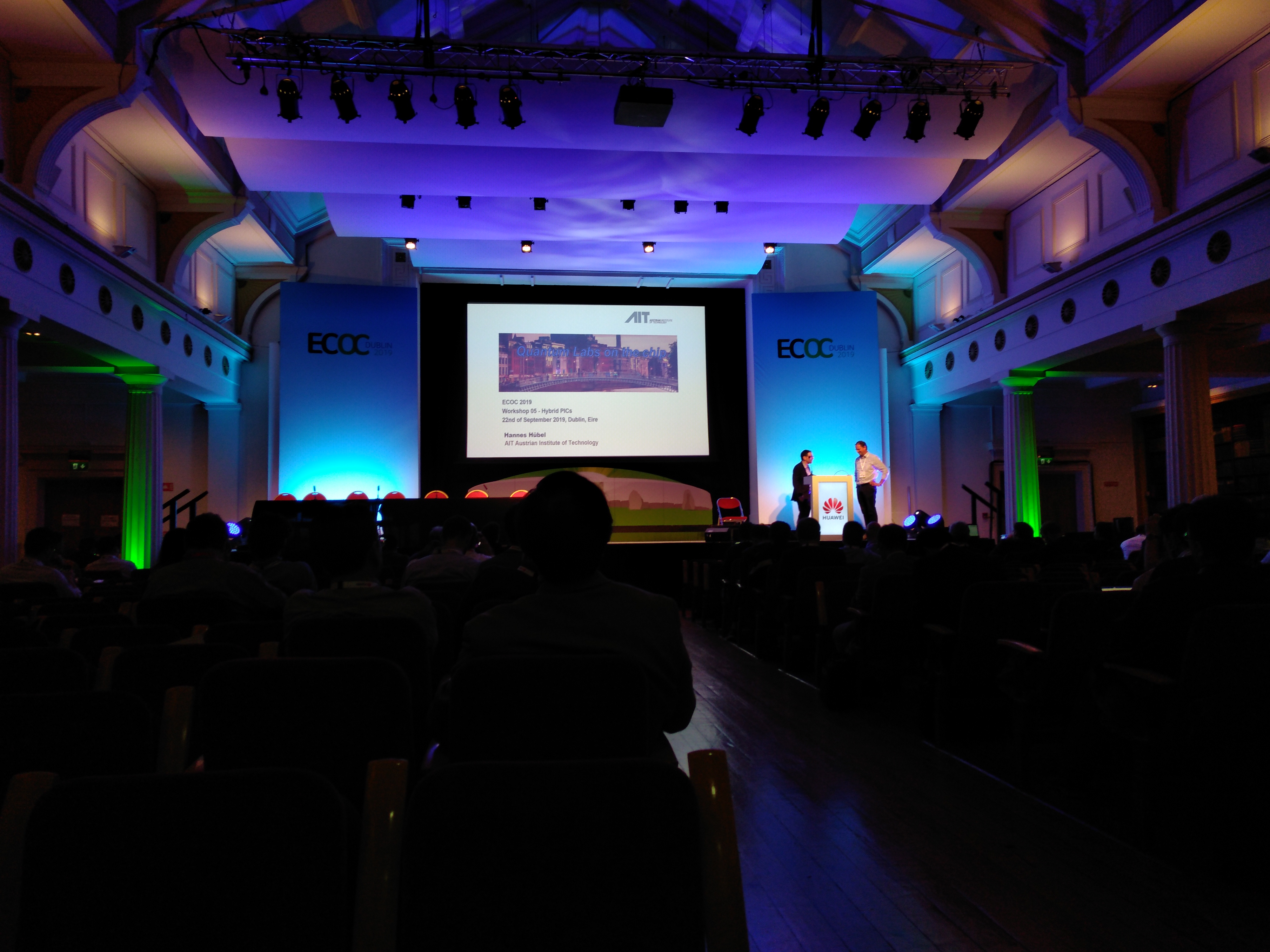
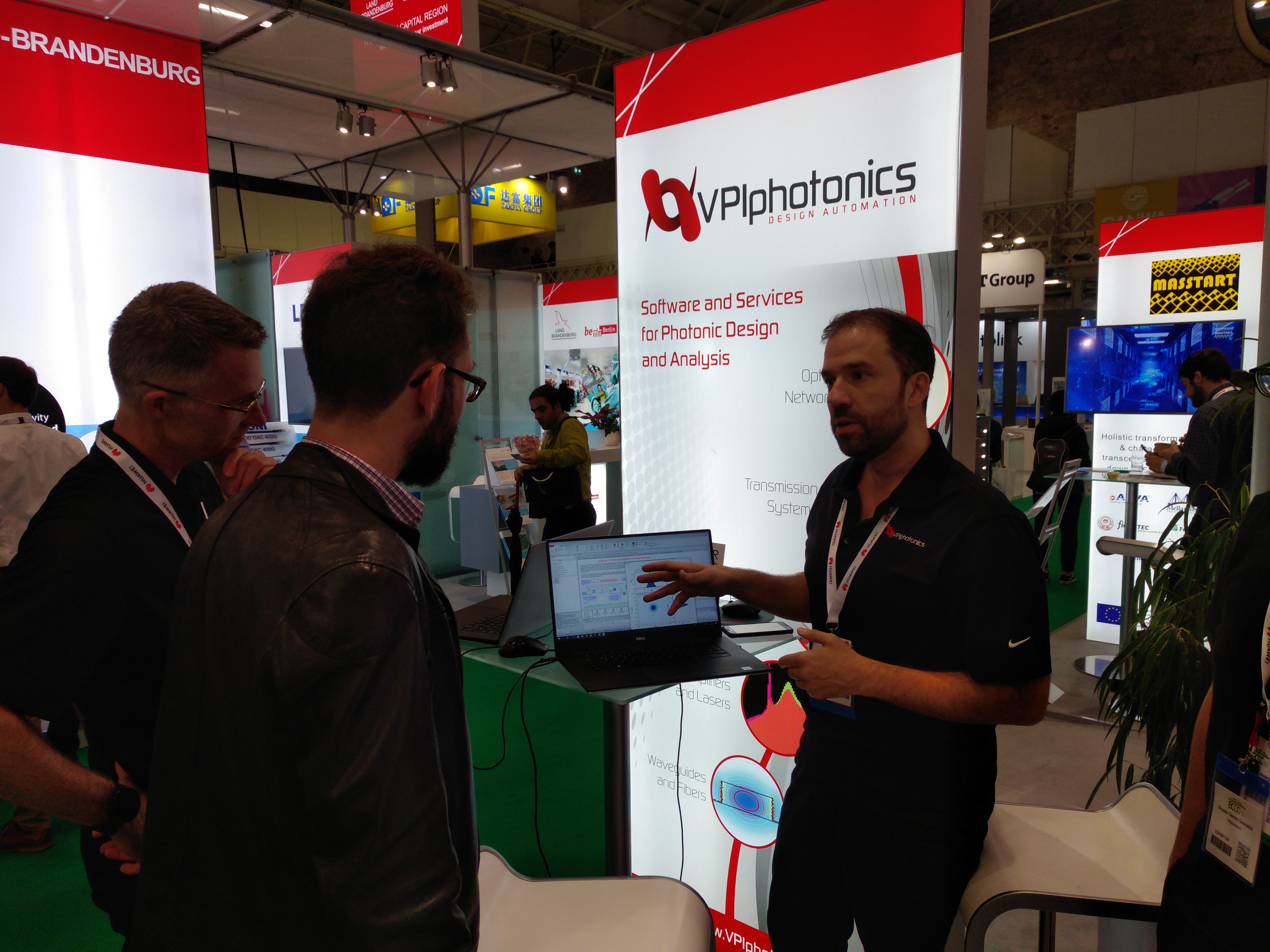
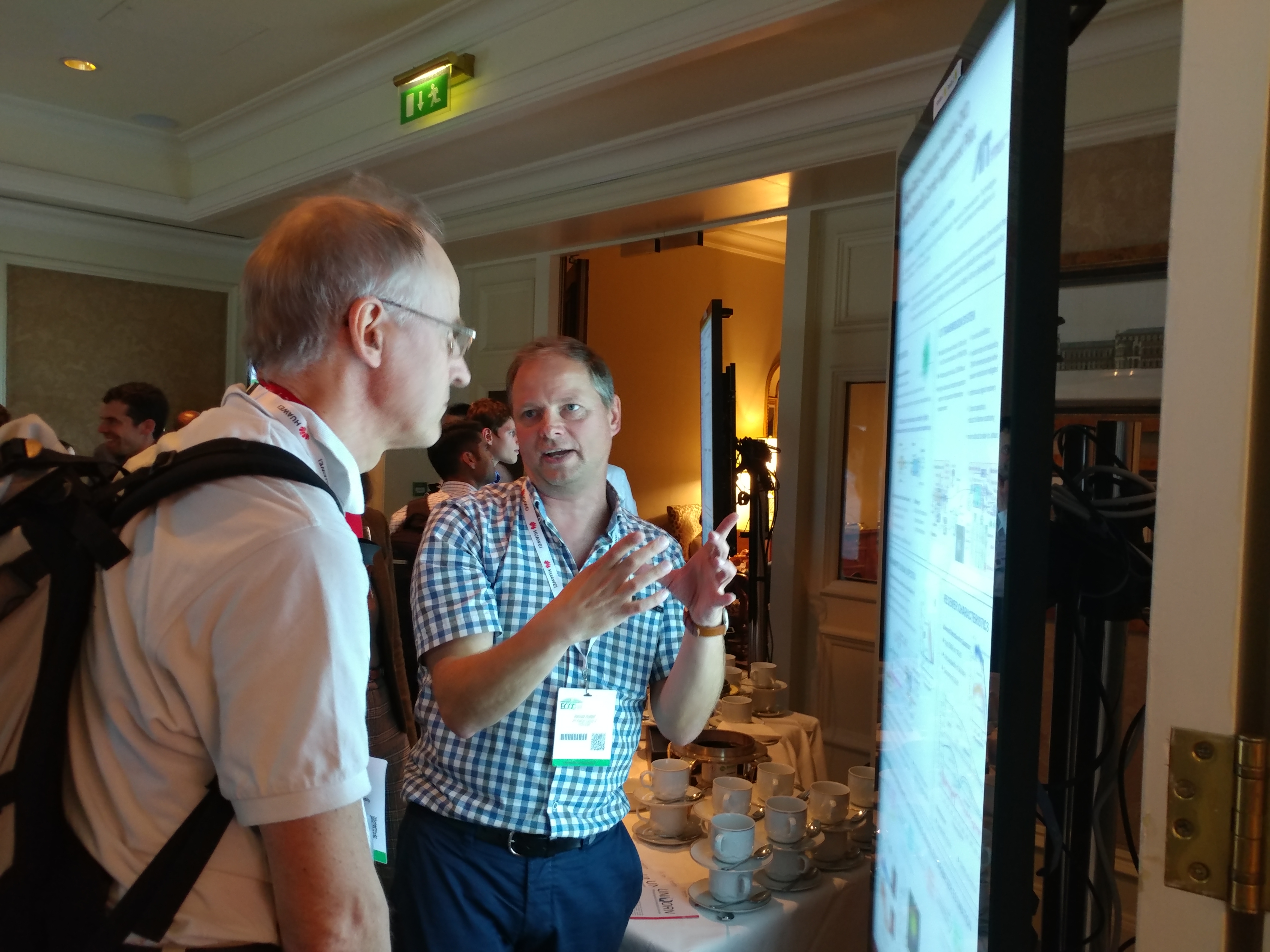
…some impressions from our journey to the ECOC 2019 conference in Dublin, Ireland. Hannes Hübel from AIT Austrian Institute of Technology delivered a talk on our mission to squeeze quantum labs onto chips in course of the Hybrid PIC Workshop, which gave us the opportunity to fruitfully elaborate with other integration platforms on possible joint activity. With respect to the other end of the food chain of quantum technology, George Kanellos from University of Bristol enriched the Symposium on Optical Interconnects in Datacenters, where he gave insight in the extensive and well-furnished optical network test-bed in Bristol, which is already integrating quantum links in co-existence with classical data traffic. On the vivid exhibition floor, VPIphotonics showcased a simulation toolkit for continuous-variable signal transmission. Other UNIQORN partners attended the conference and the exhibition as well!


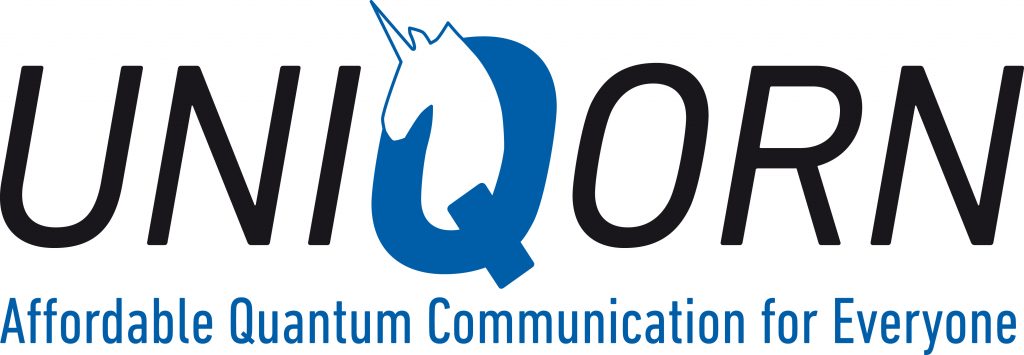
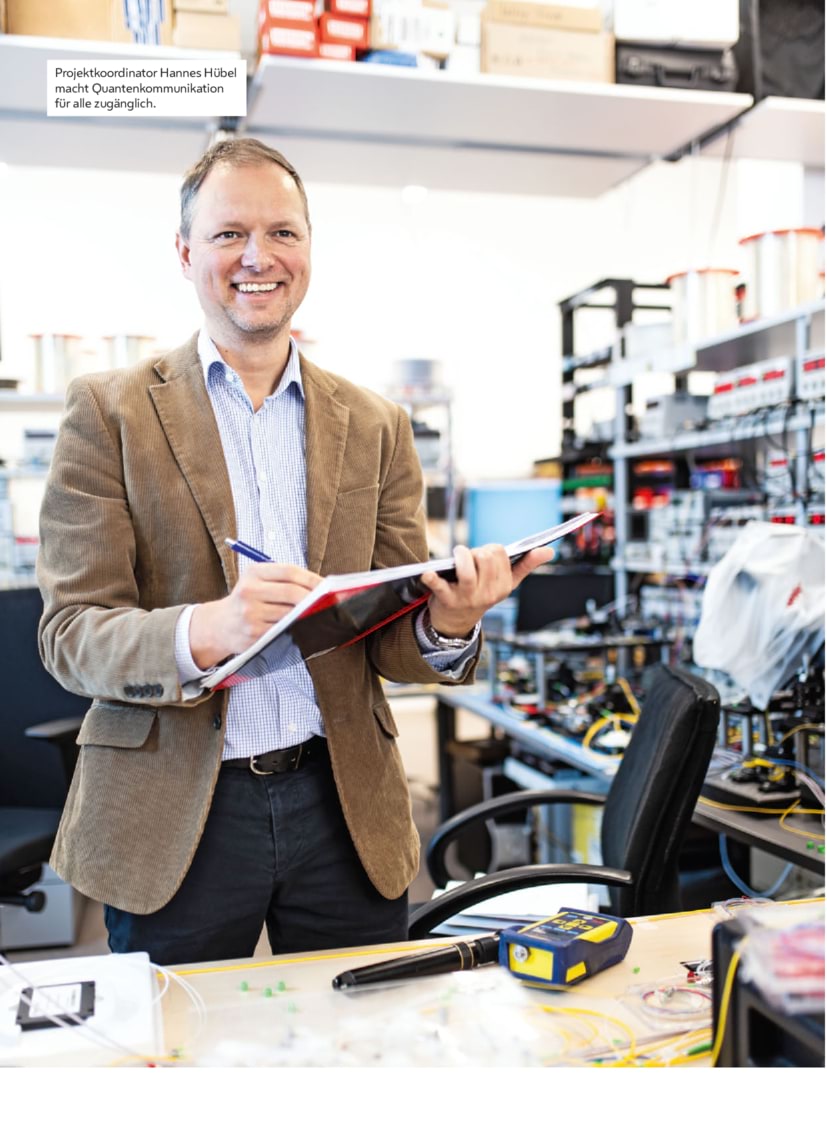 Die Quantentechnologie wird in unseren Haushalten einziehen. Physiker Hannes Hübel forscht daran und erklärt, wie die nächste technologische Generation Onlinebanking, selbstfahrende Autos und Telekommunikation verändern wird.
Die Quantentechnologie wird in unseren Haushalten einziehen. Physiker Hannes Hübel forscht daran und erklärt, wie die nächste technologische Generation Onlinebanking, selbstfahrende Autos und Telekommunikation verändern wird.